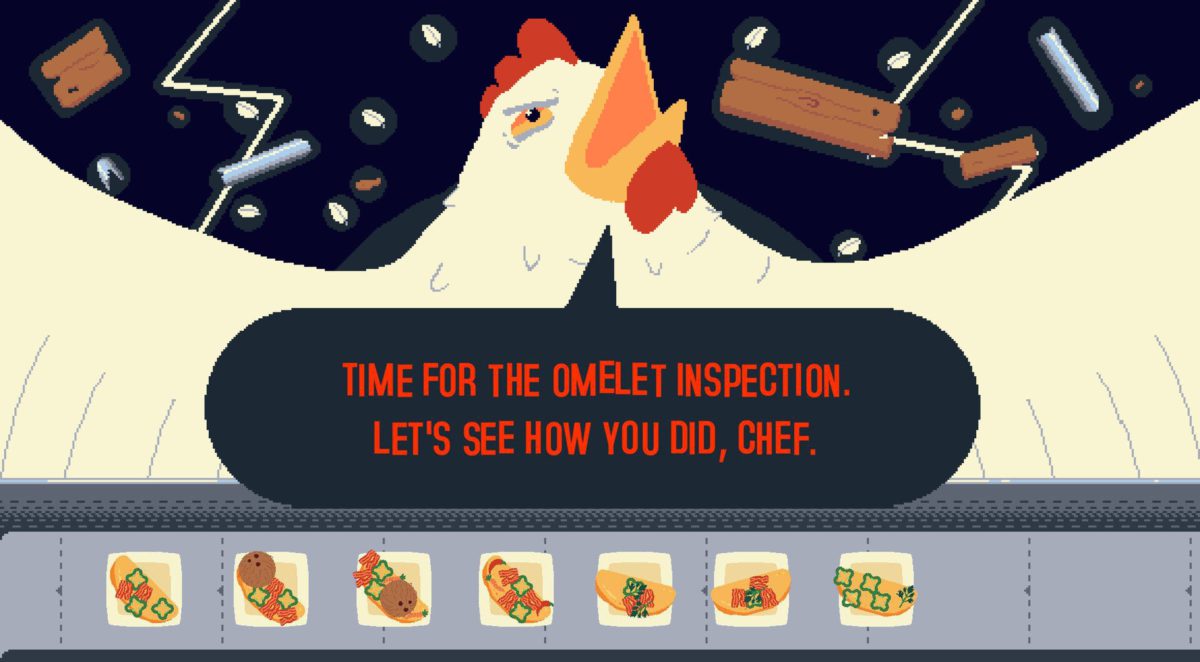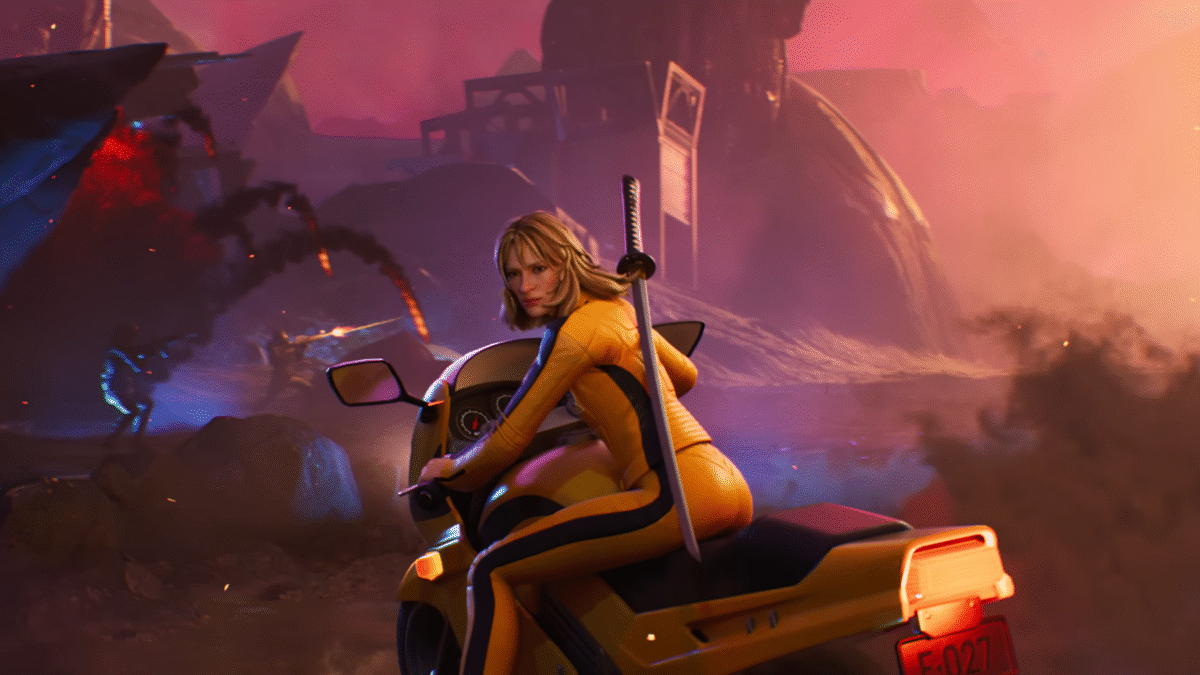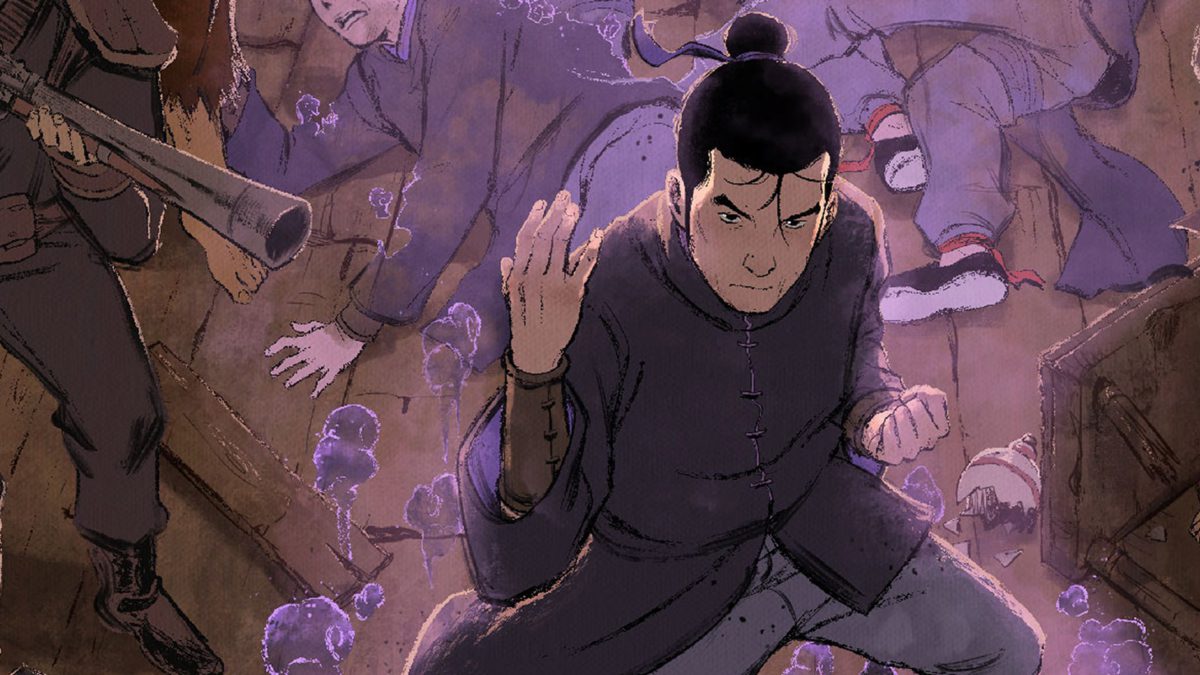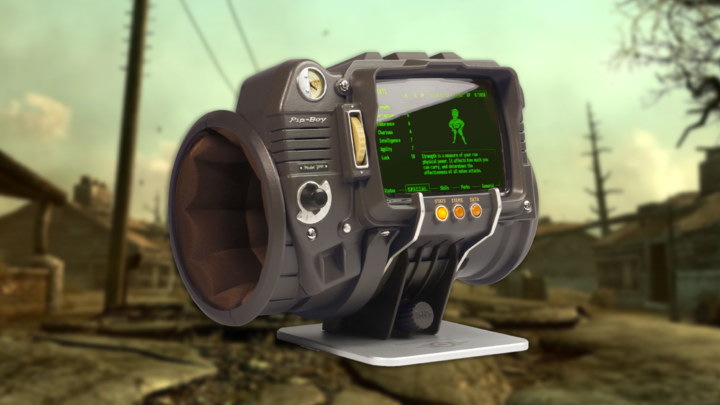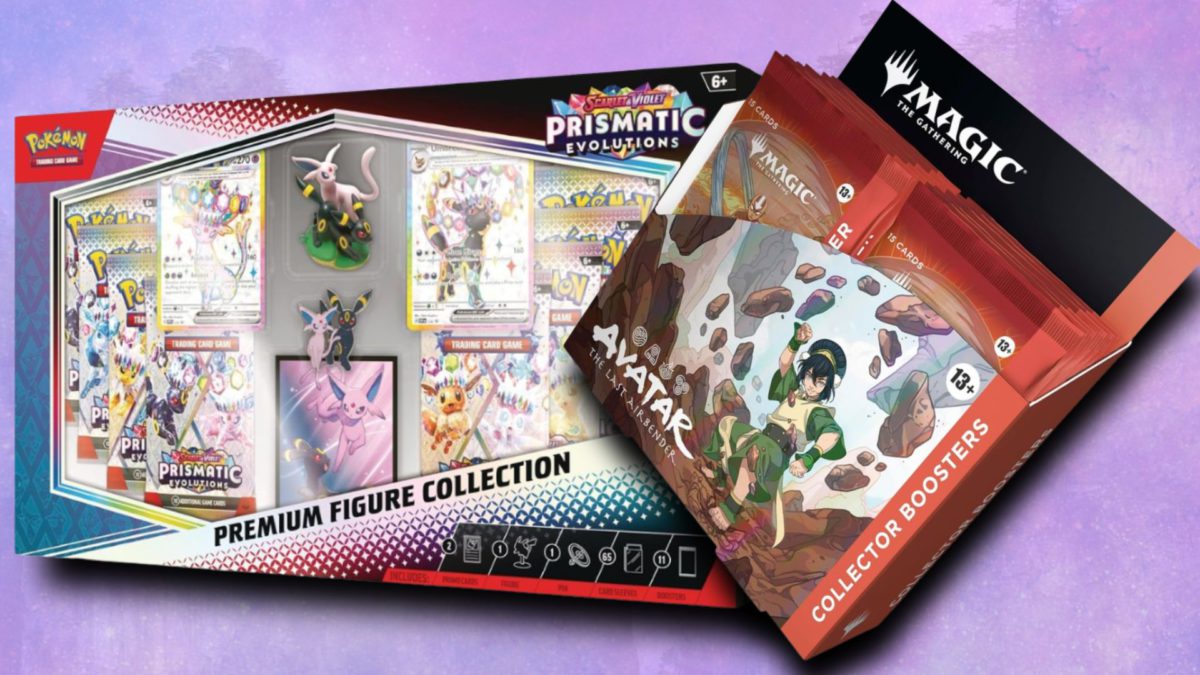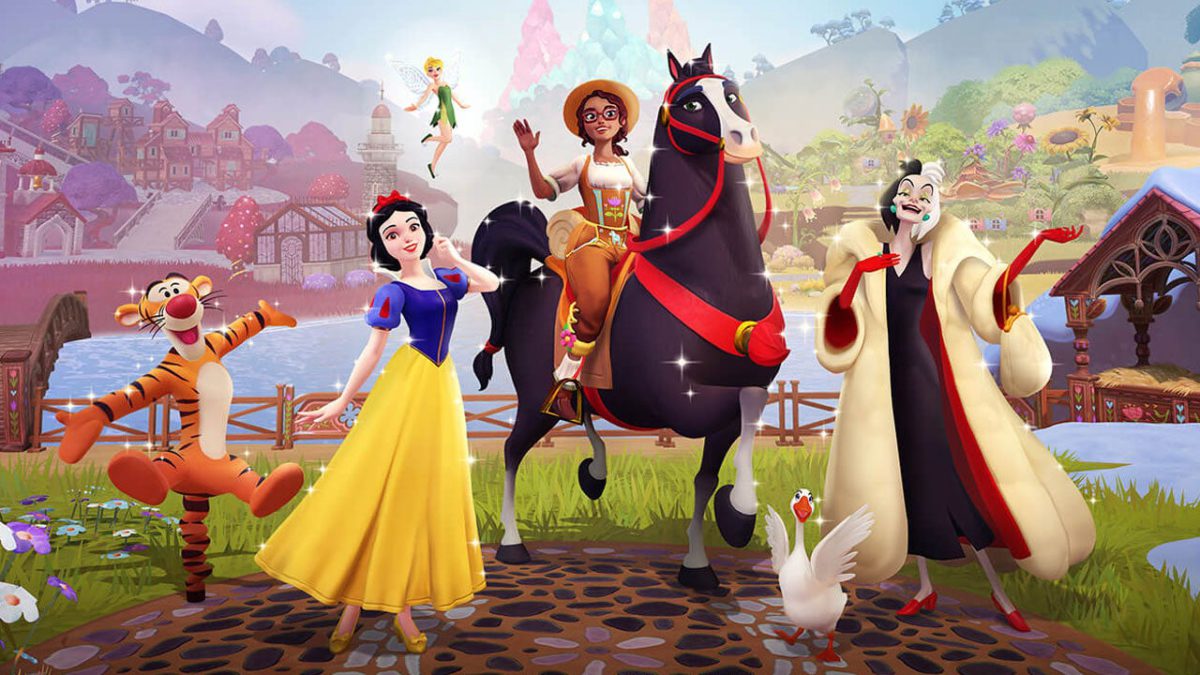
18 years ago, NASA lost an asteroid. Officially designated 2007 FT3, the Empire State Building-sized rock was tracked for around 24 hours before it slipped back into the solar system’s darkness — and it hasn’t been spotted since. It remains the fourth-largest space object with a better than 1-in-2 million chance of smashing into Earth, but scientists remain unsure where it is now.
This year, the internet has taken great interest in 3I/ATLAS — only the third interstellar object ever detected, though also the third since 2017. (The overwhelming scientific consensus suggests 3I/ATLAS is a comet, though one rogue astrophysicist has sparked endless online speculation by suggesting it is an extraterrestrial spacecraft.)
Now, as NASA unveils fresh images of 3I/ATLAS this week and as the hunt for 2007 FT3 continues, one thing is certain: we are finding more things flying through space than we used to. That’s a good thing, YouTube scientist and author Hank Green tells IGN — as it shows we’re getting better at spotting them. But how prepared are we for something on an impact trajectory with Earth, and should we be getting worried that space is actually far busier than we thought?
“The first thing is we’re way better at spotting them than we’ve ever been,” Green begins, when IGN asks why new asteroid and comet discoveries seem more prevalent now than ever. “Literally, like as of two weeks ago, Vera Rubin went online [Chile’s new observatory which contains the biggest camera ever built]. We’ve got three different systems for detecting different threats now, to the point where if we were going to be hit by a really big rock, like a dinosaur-sized rock, we’d know. Which is amazing. We had all of this ignorance leading up to now, and now we have certainty.
“But once in a while there’s enough uncertainty about a particular rock, that’s big enough that if it hit in the wrong spot would be really bad,” he continues. “And there are way more of those than there are the big ones. So we have to continue to be vigilant and we have to figure what we would do if we actually spotted one that might cause a problem.”
Earlier this year, Green was contacted by Supercell, the maker of hit smartphone game Clash of Clans, with a novel idea. The city-building strategy app was planning an in-game event where it threatened players’ hard-built bases with destruction by an asteroid. And not just any asteroid: it would be the long-lost 2007 FT3.
Months later, and the event is now live, fronted by a flashy trailer that sees the mystery of 2007 FT3 seemingly explained. In the world of Clash of Clans, the rock’s disappearance is revealed to be Green’s doing, as he zaps the asteroid away from Earth by digitizing it — sending it careening towards the Clash of Clans universe instead. Now, all these years later, the asteroid has finally loomed close enough to Clash’s world that it’s become your problem.
“There’s an element of just the cleverness of using this old science story that I thought was clever,” Green says of his involvement, sparked by the hunt for 2007 FT3. “But it was mostly like, ‘I’ve never done anything like this before, I’ve never gone out to LA to make a little movie.’ It was like, directors and third assistant directors and everybody was on it. It was wild. I feel like I learned so much just about how things get made and also what I’m capable of.
“Also,” he adds, referencing the prosthetics he wore to make himself briefly look over a decade younger, “that was my first experience with spirit gum.”
Sadly, however, aiming a giant laser at the sky and digitizing an asteroid isn’t an effective method of stopping doomsday rocks in the real world. Not yet, at least. So what could we do if do spot a dangerous-looking space object given enough warning?
“We’ve started to do that work,” Green says. “We’ve sent probes to smash into asteroids to change their trajectory very slightly, and the nice thing about that is if you get them when they’re very far away, a very slight change of trajectory is enough. We’ve done the first of those missions and we’ve shown that we can.”
All of this still relies on finding the rock first, but Green is pretty confident. “There’s a chance that something could come from a weird interaction somewhere out in the far reaches of the solar system, and a comet could get surprise flung in and we can track those less well, but as far as asteroids go, the big ones are easy to spot.”
Comets are trickier, as typically they have longer orbits and spend a lot of time lurking in the outer solar system (or beyond, as 3I/ATLAS appears to show). But Green isn’t overly worried here either. ATLAS was spotted by an asteroid detection system (on explaining this, he pulls up the comet’s acronym, which stands for the Asteroid Terrestrial Impact Last Alert System that found it). And the other thing Earth has going for it? Well, space is really, really big.
“When we turn on Vera Rubin for real, we’ll probably start detecting even more of these interstellar objects, and we’ll kind of understand they’ve been flying through the solar system the whole time,” Green says, estimating that a single-digit number of interstellar objects will be discovered passing through each year.
“But as far as them being a potential threat, the odds are just so tremendously… there are so many rocks already in the solar system that could get close enough to be a potential problem and none of them are, because Earth is very small in comparison to the size of the solar system,” Green affirms.
All that’s needed are a few fragments of location data and scientists can begin to model if any object may become a problem over the coming decades or centuries, Green explains, “because the solar system is pretty much Newtonian, it’s pretty much just doing physics.”
Or, back in Clash of Clans, all you need is to hit things with hammers — which seems a lot more convenent. Happily, the game’s ongoing event has progressed to the point where players have successfully completed a meteor catching device, though at least one meteor shard has landed, helpfully bringing with it a new Town Hall.
“It can be quite intimidating at first because you can see some of the things people have done and think ‘I will never get there’,” Green says of the game. “It’s like seeing someone do a backflip and think, ‘well that’s great for you but I am really far away from that.’ But the great thing about the structure of it is it does keep you engaged and pulls you from that early [gameplay] when your Town Hall looks like a villager’s house.”
Will the real 2007 FT3 ever be found? Green seems confident it will. NASA has lost asteroids before, and typically it catches sight of them again within a few decades — and none of those were on a collision course either. “As we’ve seen, we were able to detect 3I/ATLAS fairly early on in the process,” he concludes. “But I’m certainly in favor of having a system ready to go, just in case.”
Tom Phillips is IGN’s News Editor. You can reach Tom at tom_phillips@ign.com or find him on Bluesky @tomphillipseg.bsky.social


